
Why is clothing vocabulary a must-have for your adult ESL lessons? As an adult ESL teacher, you know that vocabulary is the backbone of any language-learning journey. But let’s face it, sometimes vocabulary lessons can be a bit…boring. That’s where clothing vocabulary comes in!
Clothing is a fun and engaging topic that can spice up your adult ESL classes and give your students a much-needed fashion fix. Plus, it’s not just about looking good – knowing clothing vocabulary can help your students communicate more effectively, go shopping with confidence, understand idioms and expressions, and even appreciate different cultures. So, put on your thinking cap and get ready to dress up your adult ESL classes with stylish clothing vocabulary!
Reason #1: It is a common topic of conversation.
Clothing is a common topic of conversation because it is a visible aspect of our personal appearance and identity. People often talk about what they are wearing or what others are wearing, whether in a casual conversation or a more formal setting.

Clothing can be used to express personal style, convey social status or cultural identity, and even convey feelings or emotions. For example, someone might comment on another person’s outfit to compliment their sense of style or to start a conversation about fashion or cultural differences.
Clothing is also a practical necessity, as it protects and covers the body and keeps us warm or cool. Teaching clothing vocabulary can help students participate in these conversations more effectively.
One tip for teaching clothing vocabulary is to start with the basics. Begin by introducing common clothing items such as shirts, pants, dresses, and shoes. You can use pictures or bring actual clothing items to show your students. If collecting appropriate pictures or hunting through your closet isn’t something you’ve got time for, consider using a digital presentation. Another fun way to teach or review basic clothing vocabulary is with a bingo game.
Reason 2: Clothing vocabulary helps with shopping.
Knowing the names of different clothing items can be especially useful for students when they go shopping. It can help them to:
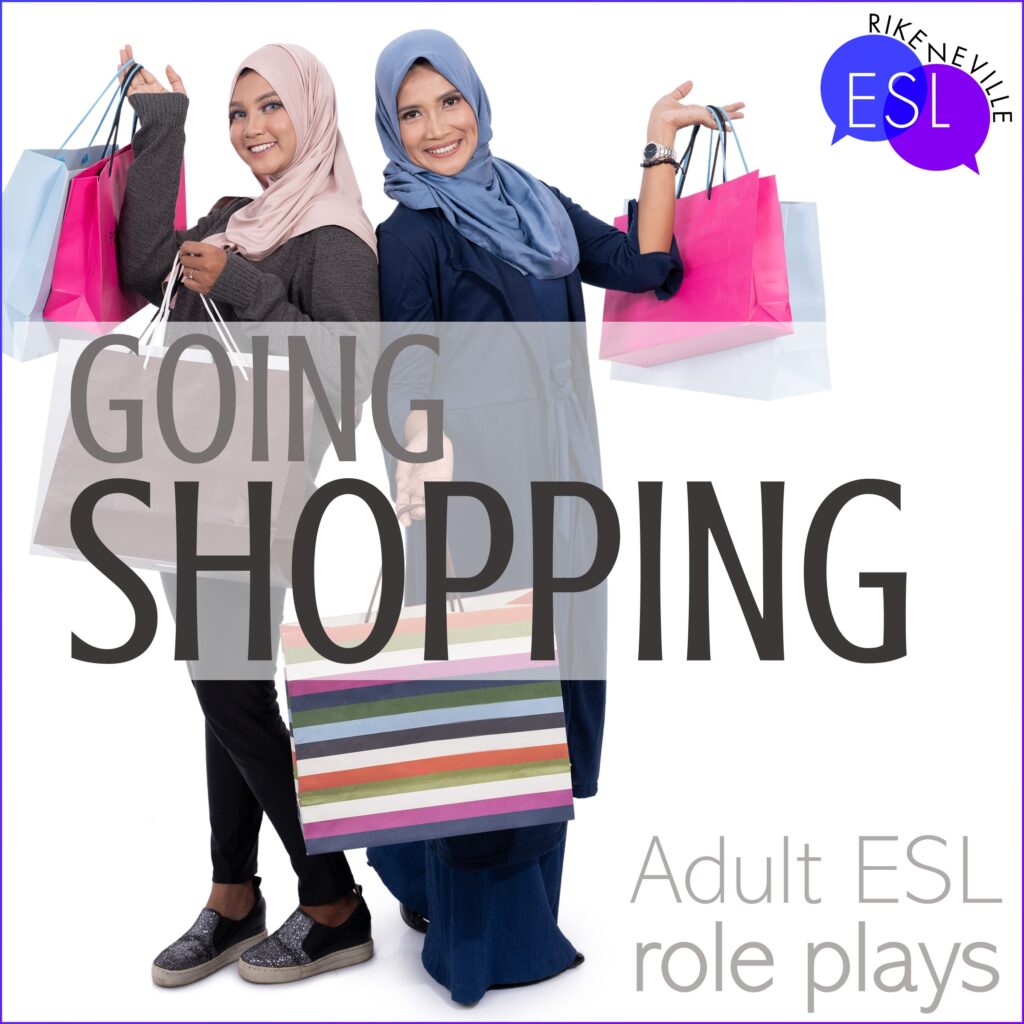
- express their preferences and needs. If an adult ESL student is shopping for a specific item of clothing, such as a jacket or a dress, they will be able to use the appropriate vocabulary to describe what they are looking for. For example, they might say, “I’m looking for a red sweater,” or “I need a pair of black work pants.” This can help them communicate their preferences and needs to the salesperson or to other shoppers and make it easier for them to find what they are looking for.
- make informed and stylish choices. Knowing clothing vocabulary can also help adult ESL students make more informed and stylish choices when shopping. For example, if they know the names of different styles of clothing, such as “slim fit” or “relaxed fit,” they will be able to choose clothes that fit their body type and personal style. Similarly, if they know the names of different styles, such as “bootcut” or “skinny,” they will be able to compare styles and choose the one that looks best on them.
- avoid misunderstandings or mistakes. Knowing clothing vocabulary can also help adult ESL students avoid misunderstandings or mistakes when shopping. For example, if they know the names of different materials, such as “cotton” and “polyester,” they will be able to choose clothes that suit their preferences and needs and avoid allergic reactions or discomfort.
One strategy for teaching shopping-related clothing vocabulary is to use real-life examples. Bring in pictures from advertisements of people wearing different types of clothing and have students describe what each person is wearing. You can also show pictures of different outfits, have students identify the clothing items, and talk about where they might buy them and why they might wear them for different occasions.
Reason 3: Clothing vocabulary can be fun and engaging for both teachers and students.
Incorporating clothing vocabulary into lesson plans can be a fun and engaging way to teach English to students. This type of vocabulary is particularly useful for language learners because it is practical and can be used in everyday life.
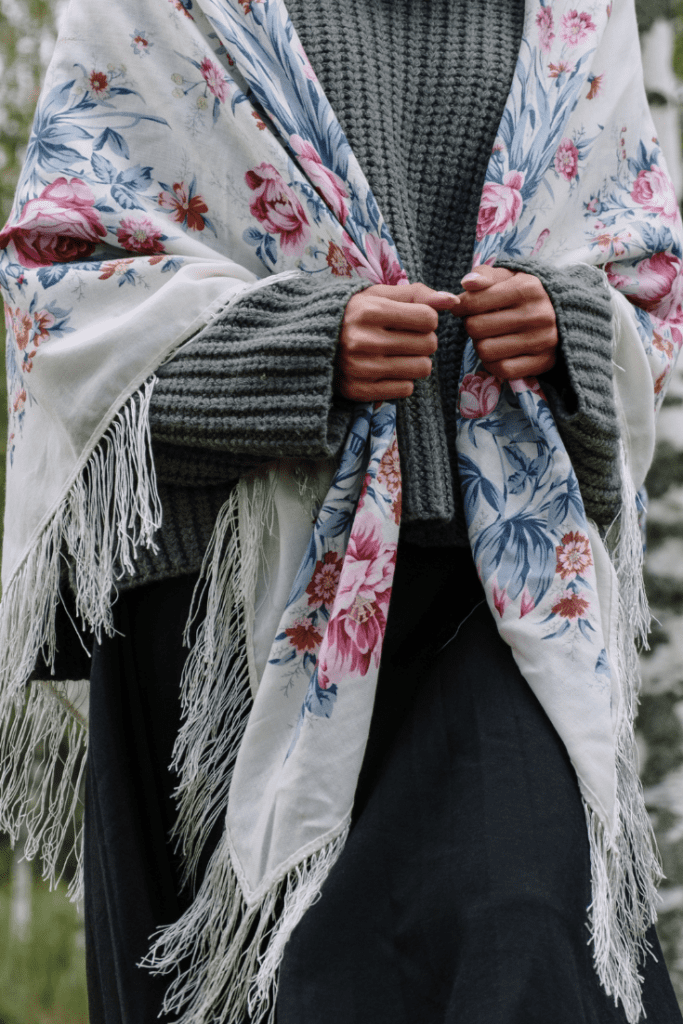
Discussing fashion and cultural differences is one way to make learning clothing vocabulary enjoyable. This can be a great opportunity for students to learn about different styles and traditions from around the world and can also lead to greater cultural understanding and appreciation.
Another way to make learning clothing vocabulary engaging is by encouraging creativity. One activity that can be particularly effective is having students design their own outfits using the vocabulary they have learned. This can be done through drawing or a virtual clothing design tool and can help to give students a hands-on, interactive way to practice using the vocabulary in a meaningful context.
Overall, incorporating clothing vocabulary into lesson plans can be a fun and engaging way to teach English to students while promoting cultural understanding and creativity.

In summary, teaching clothing vocabulary in adult ESL classes is an important aspect of language learning that can help students communicate more effectively and feel more confident in everyday situations. By using various teaching strategies and incorporating real-life examples, you can make the learning process engaging and enjoyable for you and your students. So, don’t forget to dress up your adult ESL classes with clothing vocabulary!
Looking for some ready-to-go adult ESL resources for clothing vocabulary?
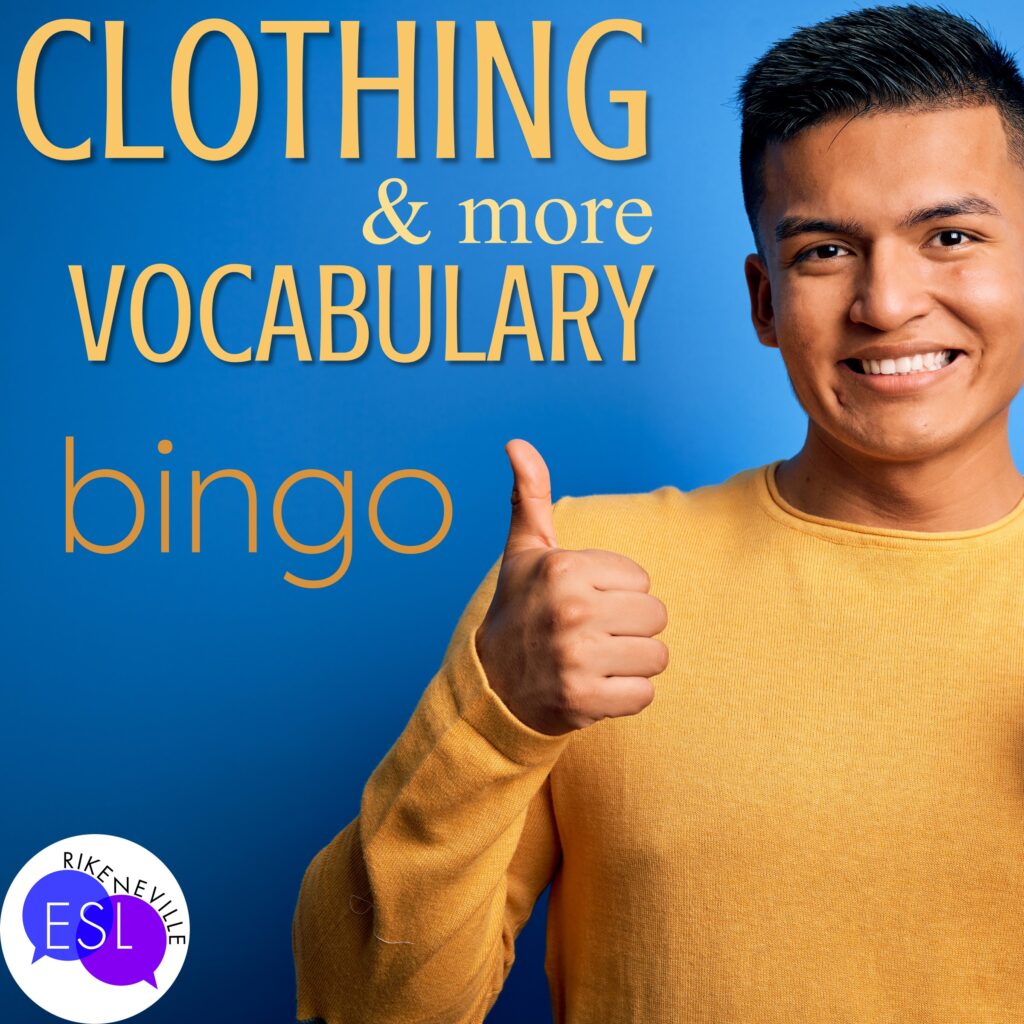
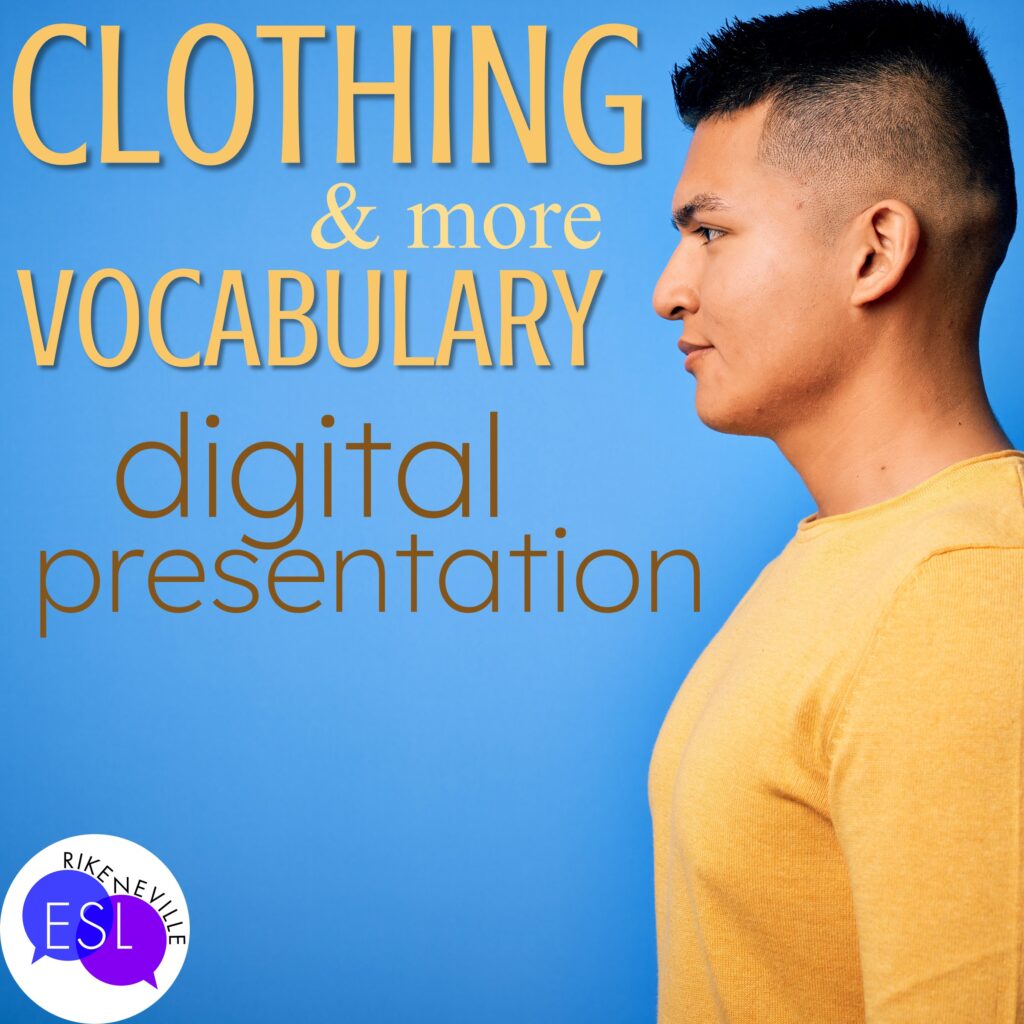
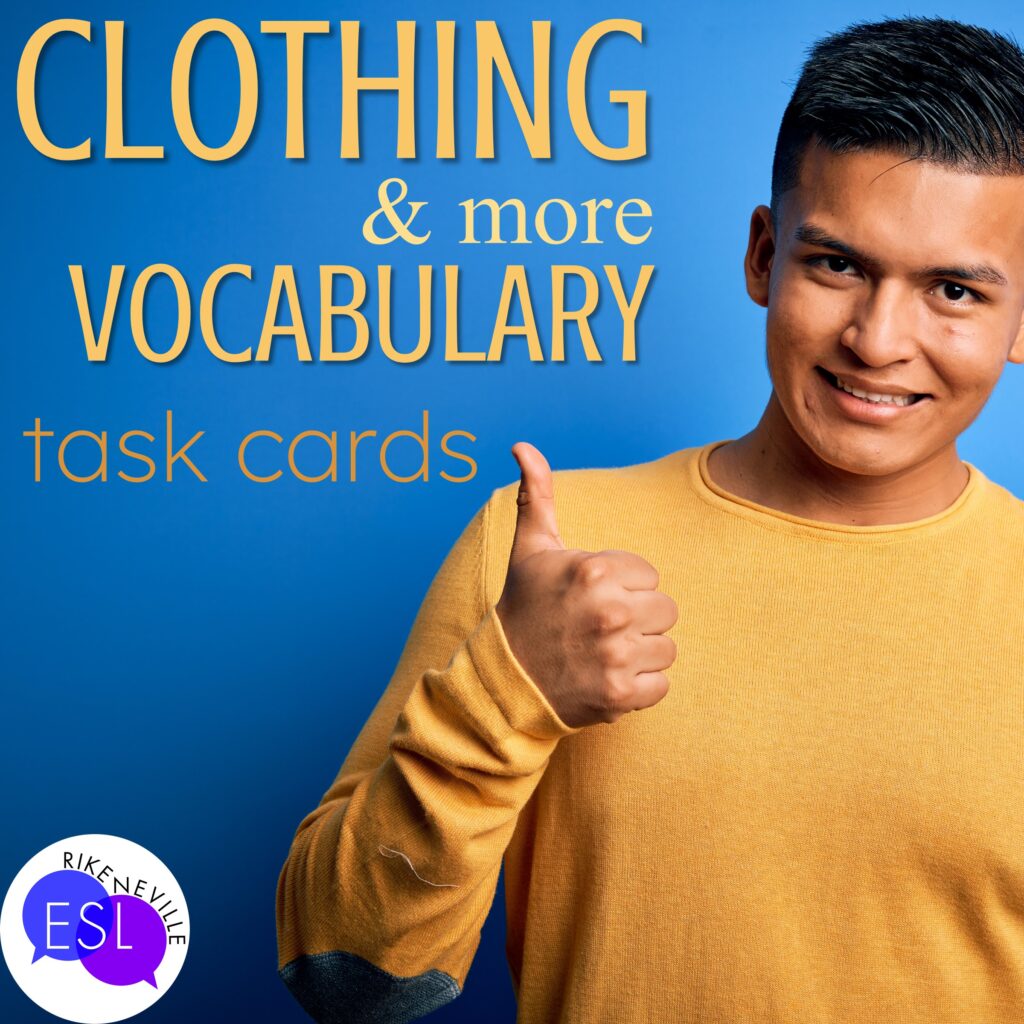
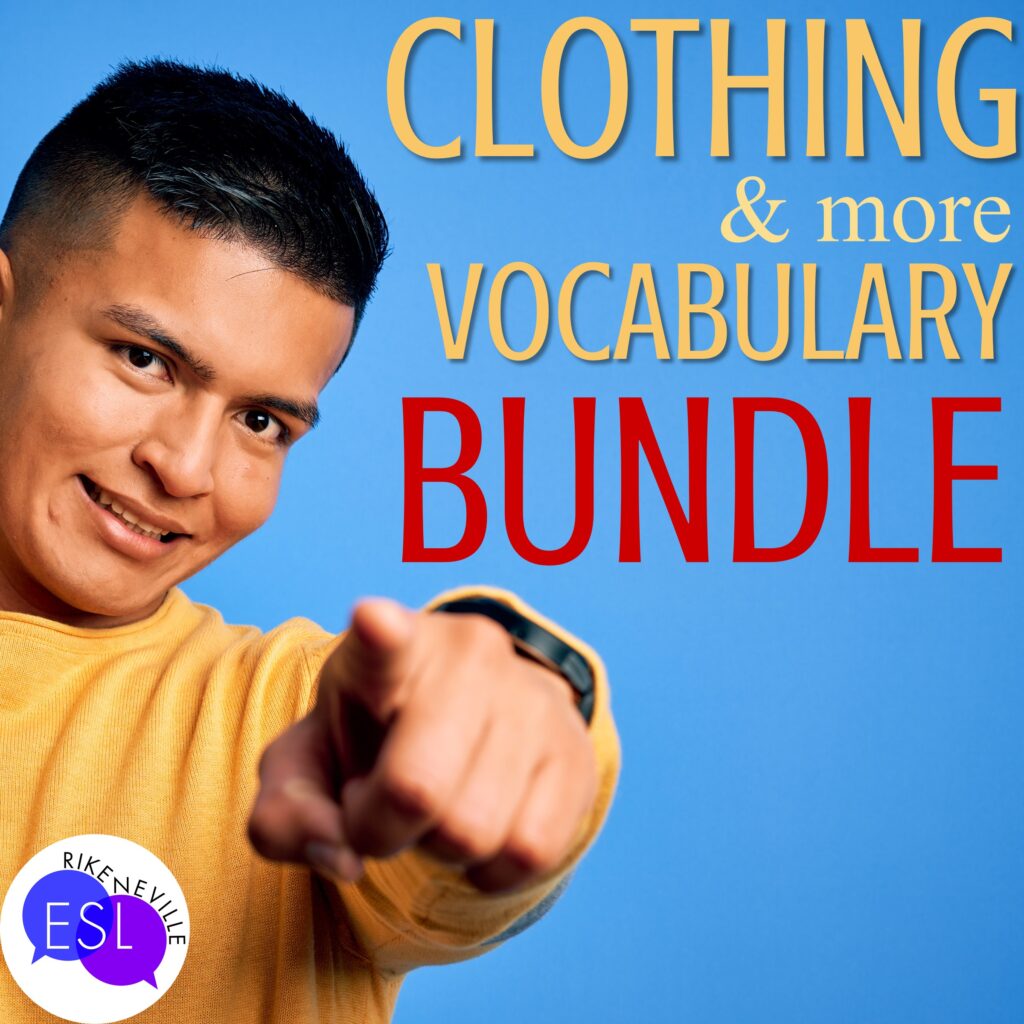
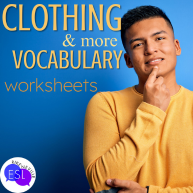
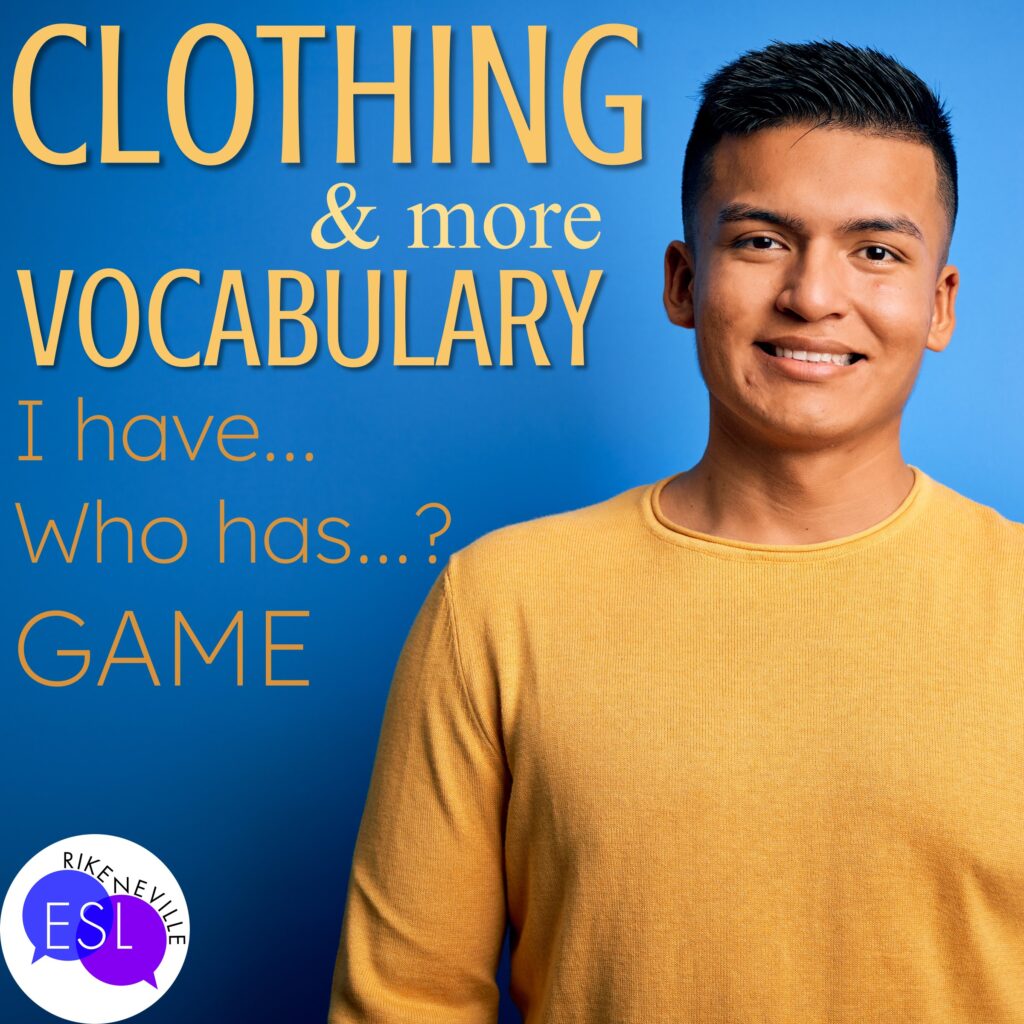

Leave a Reply